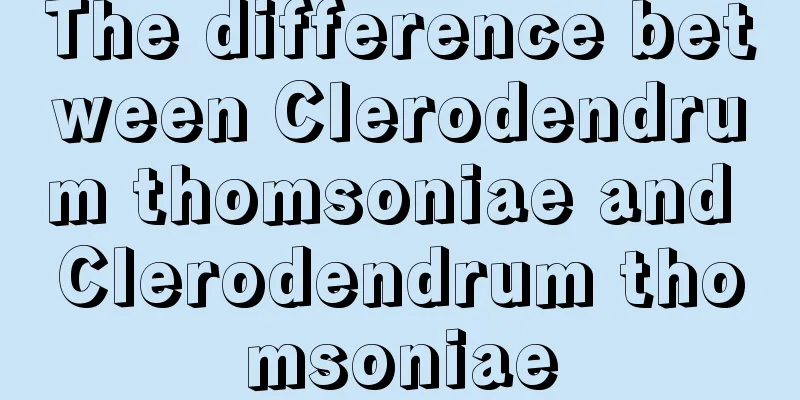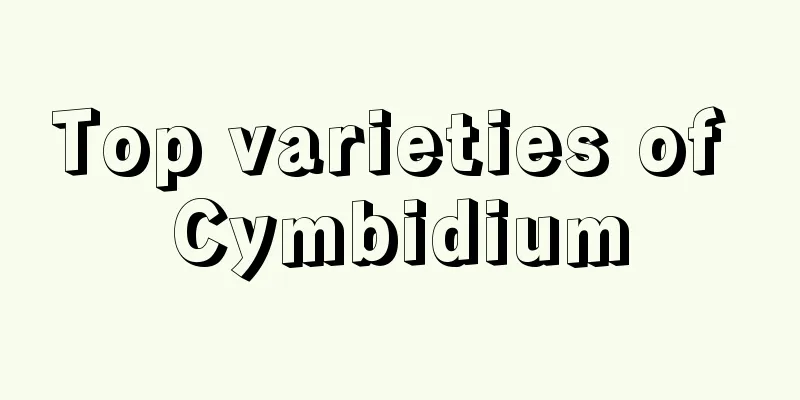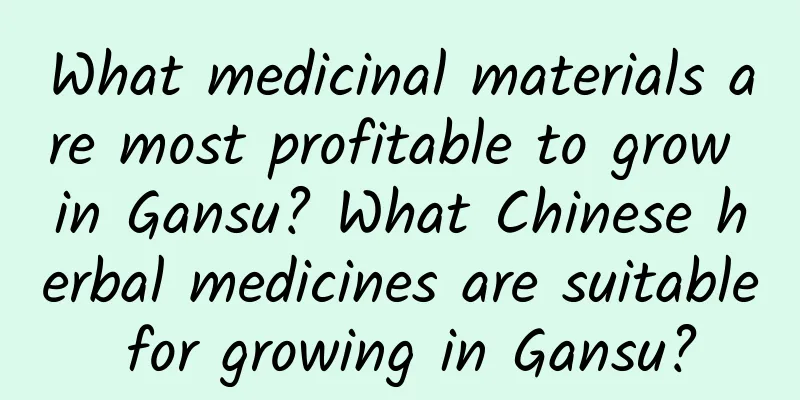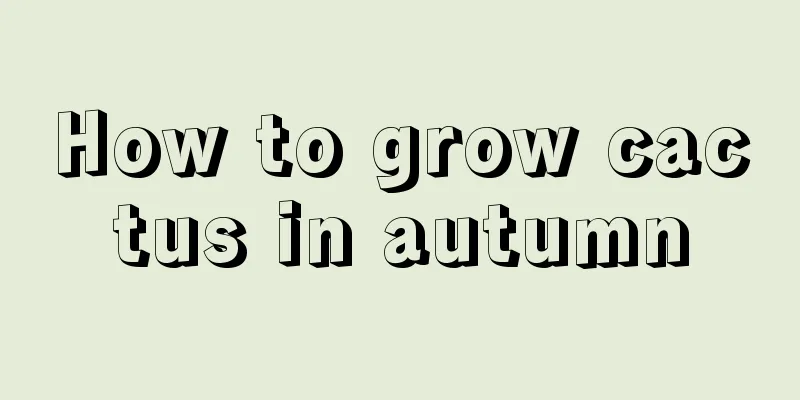The difference between Clerodendrum thomsoniae and Clerodendrum thomsoniae

1. Leaf DifferenceThe leaves of the Chinese giant thorn tree are papery, narrowly ovate or ovate-oblong in shape, 4 to 10 cm long, 1.5 to 4 cm wide, gradually becoming pointed at the apex, and the base is nearly round. The leaves are entire, with small warty hairs on the surface, slightly rough, and almost glabrous on the back. The petiole is about 1 to 2 cm long. The leaves of the red-calyx Clerodendrum thomsoniae are opposite, papery, with petioles, ovate-elliptical in shape, entire, gradually tapering at the apex, and nearly round at the base. 2. Flower DifferencesThe inflorescence of the plant is axillary or pseudo-terminal, with dichotomous branches, about 7 to 15 cm long and about 10 to 17 cm wide. The involucral bracts are narrow lanceolate, the calyx is white, fused at the base, swollen in the middle, with 5 ridges, 5 deep fissures at the apex, the lobes are triangular-ovate, the corolla is dark red, and the lobes are elliptical. The red-calyx cyme of the plant is axillary or terminal, with red calyx and corolla. |
<<: Differences between White Clover and Oxalis
>>: The difference between mint and pomade
Recommend
What are the cultivation methods and precautions of Clematis
Clematis Introduction Clematis, also known as Cle...
How to grow lucky bamboo after cutting its head
1. Maintain temperature If the head of lucky bamb...
What fertilizer to use for bamboo fertilization? How to fertilize bamboo at home?
Bamboo is a plant that does not have high require...
What to do if the leaves of the flower 'Smooth Sailing' droop
1. Proper shade Reason: The plant cannot be expos...
How to trim Green Treasure
When to prune the green jellyfish Most of the tim...
How to grow a single tree to make it bloom
Flowering time of the twig tree The bachelor tree...
How to propagate lavender? How many plants can be planted in one pot?
1. Seed propagation 1. Sowing time: Lavender is g...
Does Camellia frutescens prefer shade or sun?
Does Camellia frutescens prefer shade or sun? Cam...
When growing flowers, choose these 6 types of particles. They are breathable and retain water, and will prevent flower roots from rotting and make them stronger!
Clay Expanded clay, also known as foamed stone, i...
Magnolia growth environment conditions and characteristics
Magnolia growth environment conditions and requir...
How to make the leaves of tiger lily wider
1. Appropriate fertilization Tiger Piranha does n...
How to grow chrysanthemum
1. Breeding environment 1. Soil: It is best to us...
Does the copper coin grass bloom?
Is it blooming? Most people regard pennywort as a...
Can soy milk be used to water flowers?
Nowadays, more and more people like to grow flowe...
Medicinal value of dandelion flowers
1. Medicinal value First of all, dandelion has a ...









